Chateau du Côing lies at the confluence of Sèvre Nantaise and Maine in the village of Saint Fiacre, not far from the city of Nantes. The castle owes its name to this location, because Côing is the old french word for corner (French: Coin).
Already since 1421 , the family of the present owner Véronique Günther-Chéreau cultivates wine in Saint Fiacre. Aurore, the daughter of Véronique, graduated in oenologie and joined the winery in 2010.
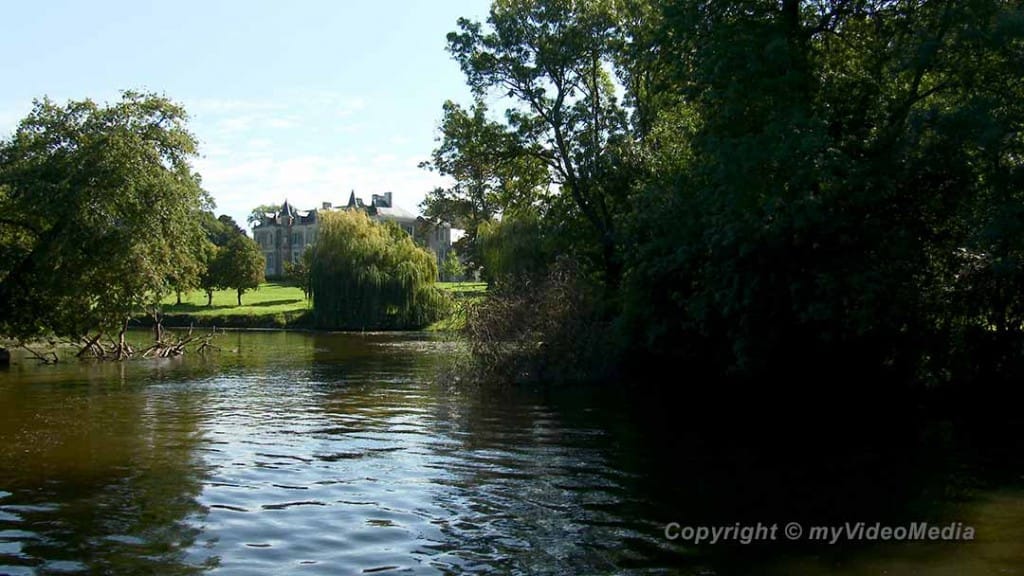
At the jetty in front of the castle, the Günther Chéreau, our host personally greets us and gives an overview of the estate.
Next to the castle we see the house Bibard, named after the former chief of the staff, Monsieur Bibard, with a pigeon tower.
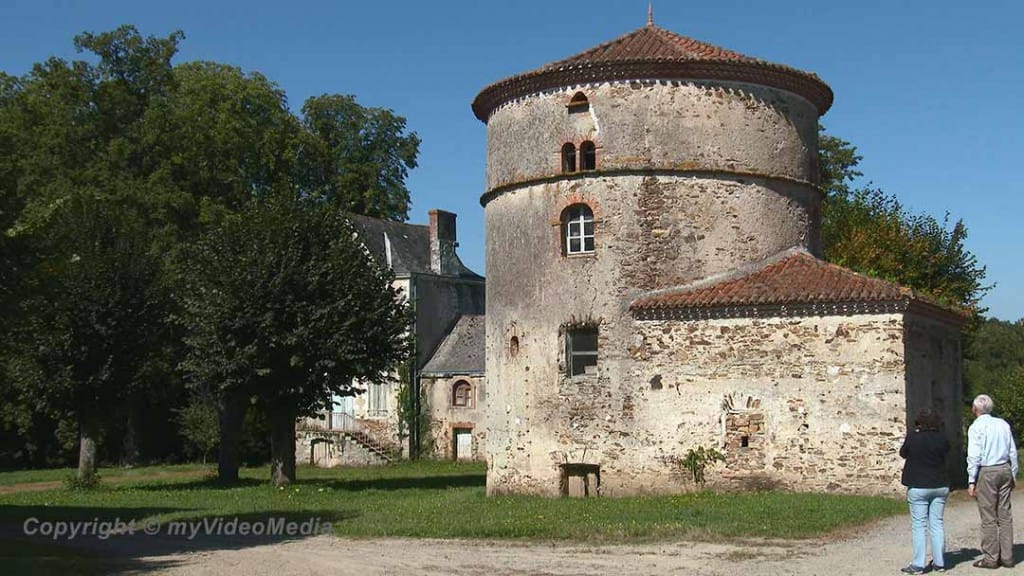
The buildings are typical for the Italian style in the region around Clisson. In the front part of the house Bibard was the original bakery, providing the castle and the adjacent village with bread.
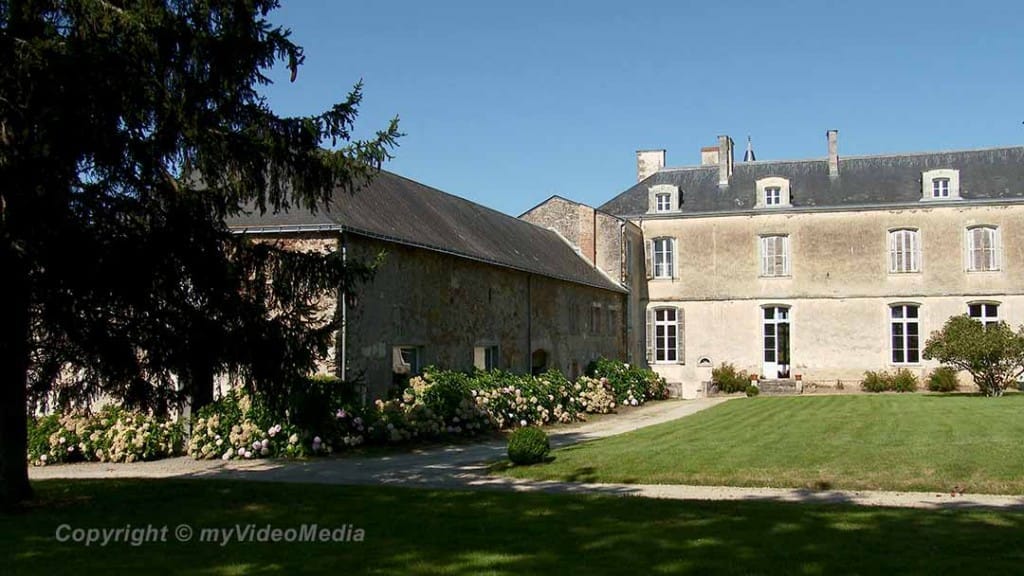
Concerning the history of the castle, Günther Chéreau tells us that the historical estate existed already in the Middle Ages.
Two descendants of the builders were beheaded after the French revolution. The rest of the family left the country and the ownership of the castle went to the state. Completely neglected, it was rebuilt in 1810 under Charles X.
In 1973, the father of the present owner Véronique Günther-Chéreau purchased it. Extensive renovation measures are taking place at the moment to create accommodations in the castle and in the House of Bibard .
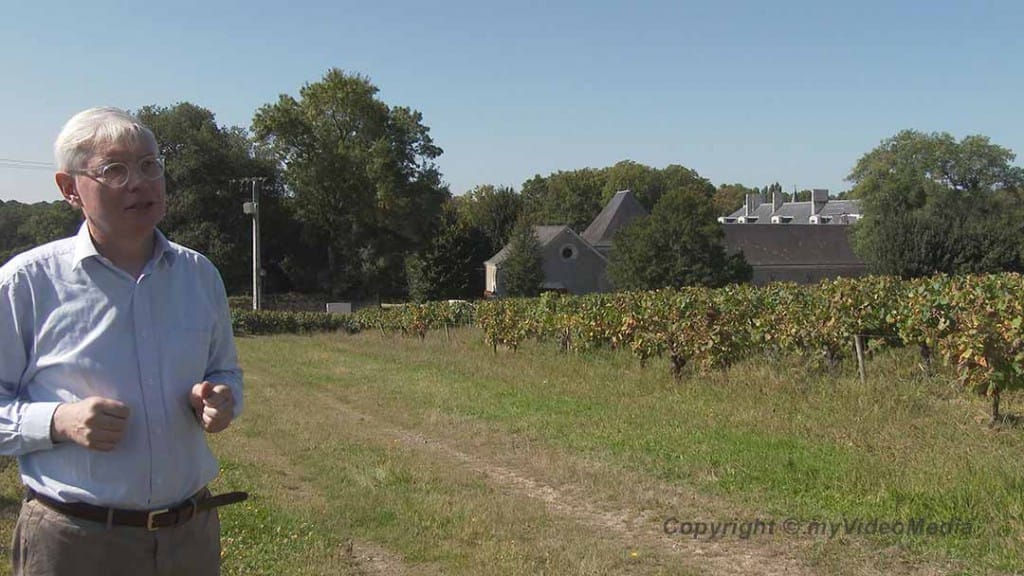
In the vineyard and in the following visit of the cellar we learn more about the wine production.
The vineyards are south-facing and 14% lie along the river Maine. The vines grow on a soft soil from granite, slate and clay which forms the basis for the high-quality wines.

Most vines are 30 years old, but there are also parcels of land with 90 years old vines.
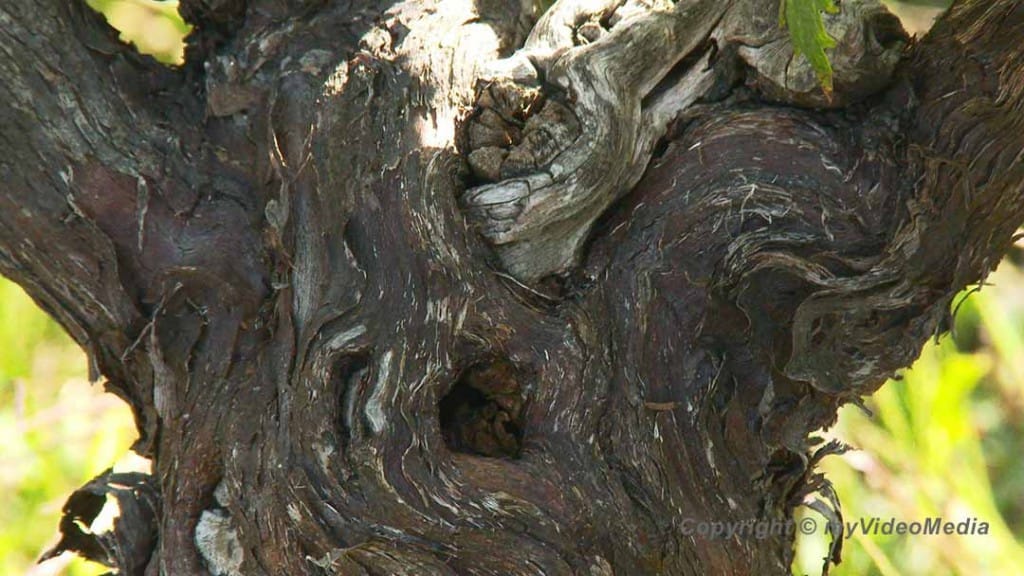
Apart from the Muscadet made of the grapes Melon de Bourgogne, 45 hectares of Chardonnay are cultivated.

The grapes are pressed in a vacuum press and remain there up to the next day before the must is filled in the underground tanks.
The temperature in the underground wine tank is automatically maintained stable over a water cooler in the tank. For fermentation and maturation stainless steel is used predominantly. We see a barrel where the Muscadet sur Lie is produced.
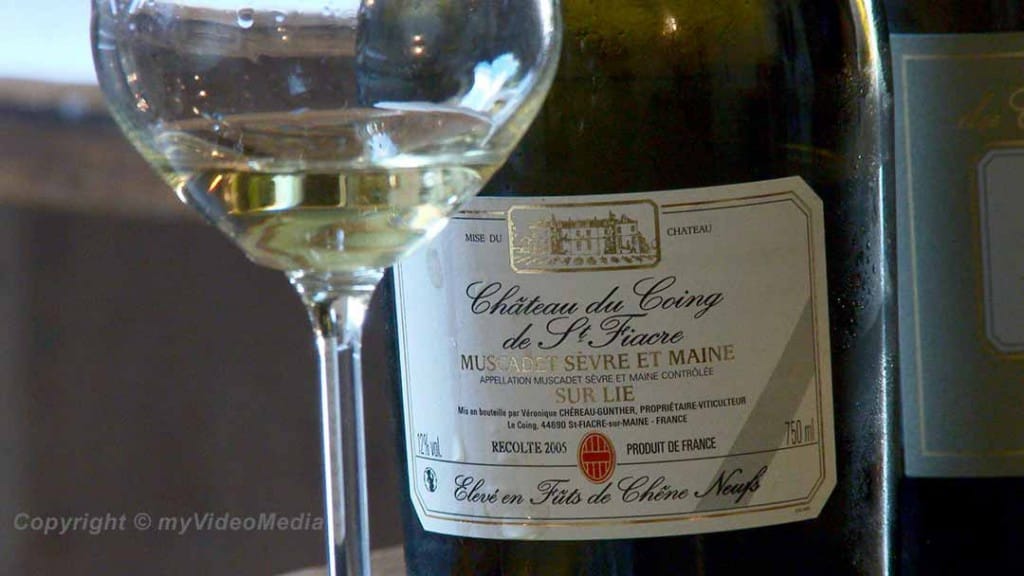
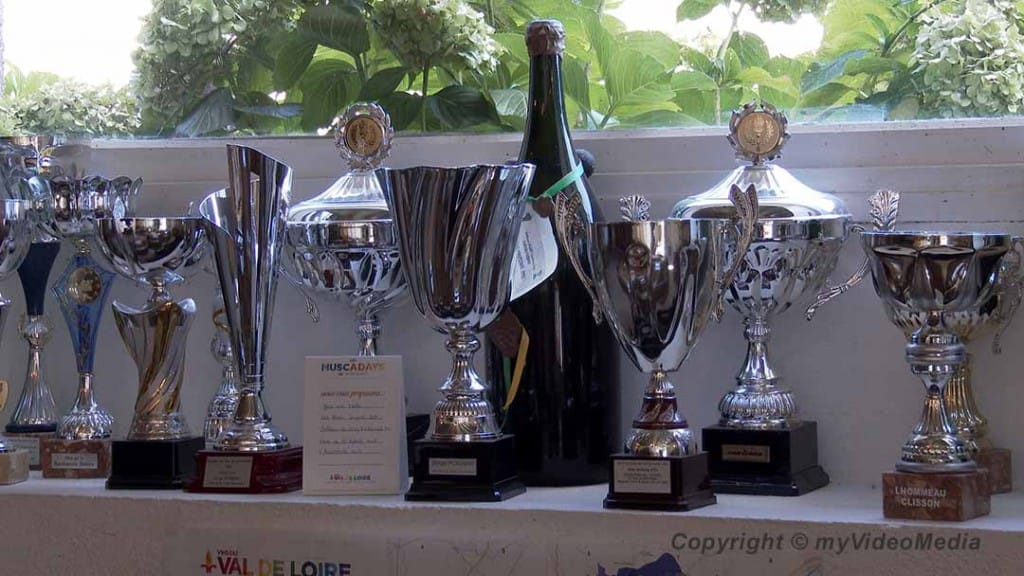
The additive Sur Lie can only be used if the wines matures at least 6 months on the lees and is still on the yeast when it gets bottled.
Due to the prolonged contact of the wine with the lees, the wine develops a better structure and improved flavors. Some wines mature in new oak barrels, which gives it a special characteristic, a light vanilla flavor.
During the testing of the excellent wines we learn more about the characters of the different wines.
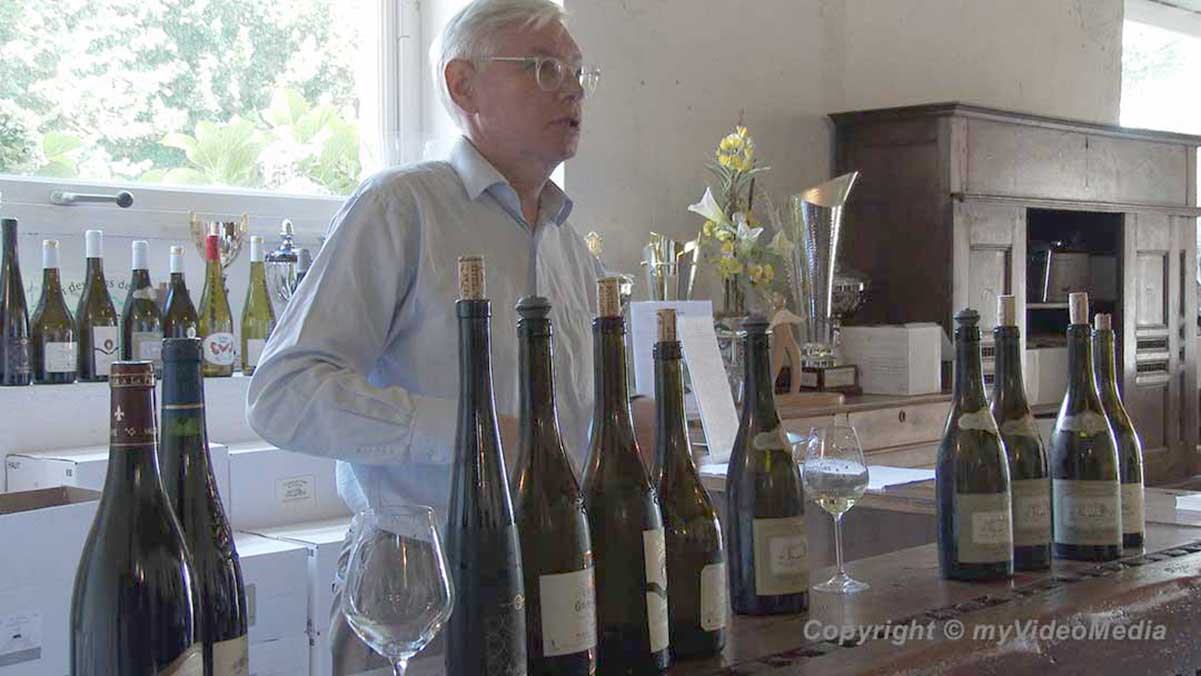
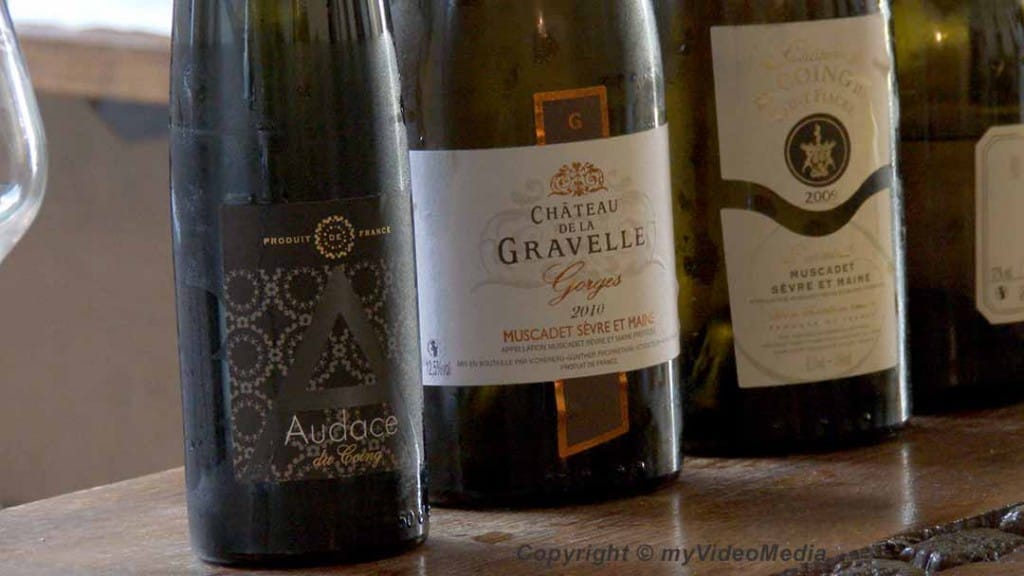
The owners of a Chateau du Côing invite us for a snack with specialties from the region.
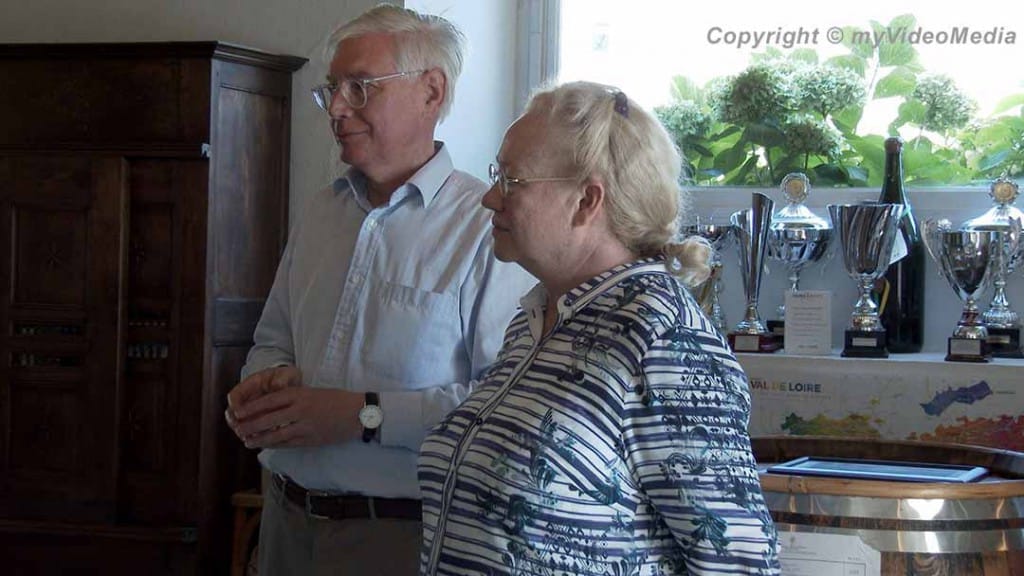

Each of the participants may choose a wine for a meal, the one he liked best during the wine-tasting.
Please watch the 4K UHD video
You are currently viewing a placeholder content from YouTube. To access the actual content, click the button below. Please note that doing so will share data with third-party providers.
More InformationPlease read on > Chateau de Clisson
Pin it for later
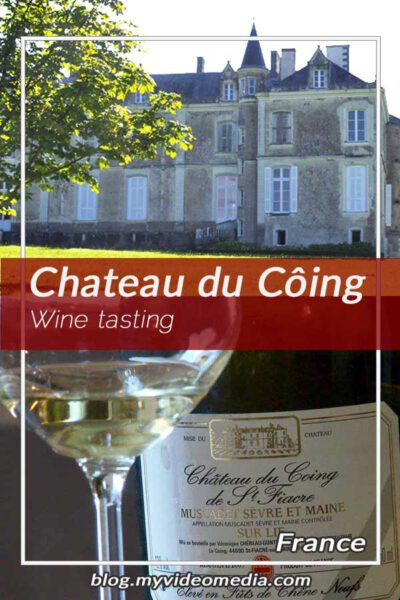
Disclaimer: The wine tour to Chateau du Côing was on invitation of Le Voyage at Nantes and the winery Véronique Günther-Chéreau. Many thanks for it! All impressions and opinions are our own ones.
Text, photos and video: Copyright © myVideoMedia
Saint-Fiacre is the town name that Georges Simenon uses for the birthplace of his main character, Maigret. In fact of the of the Maigret detective novels is set there.
Thanks for the information. This was new to me, I will have a closer look at Maigret